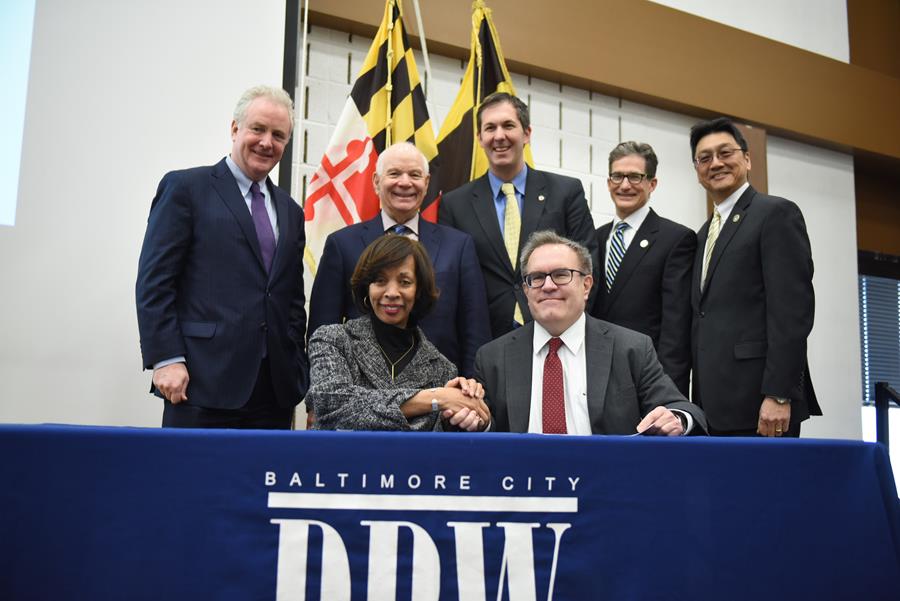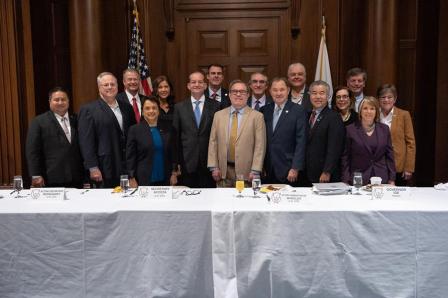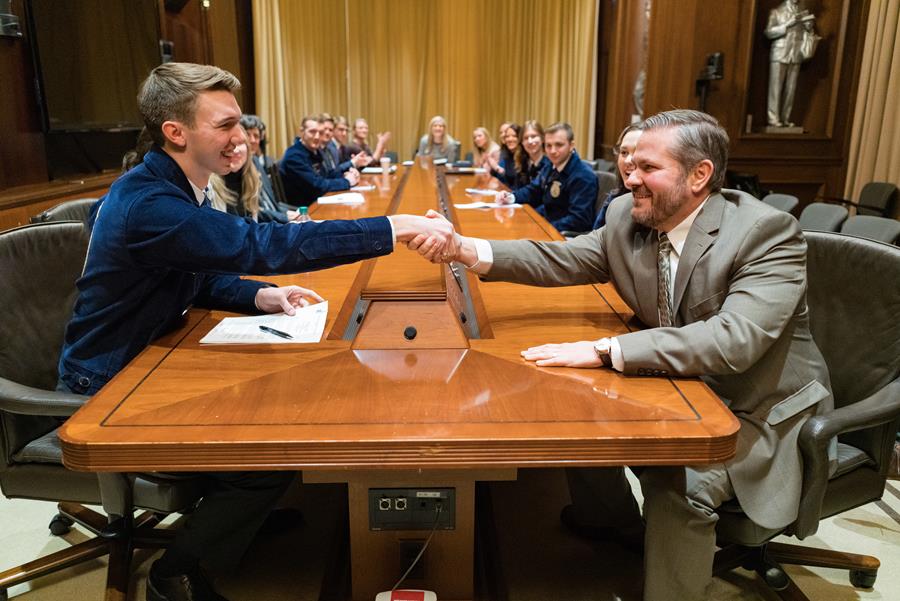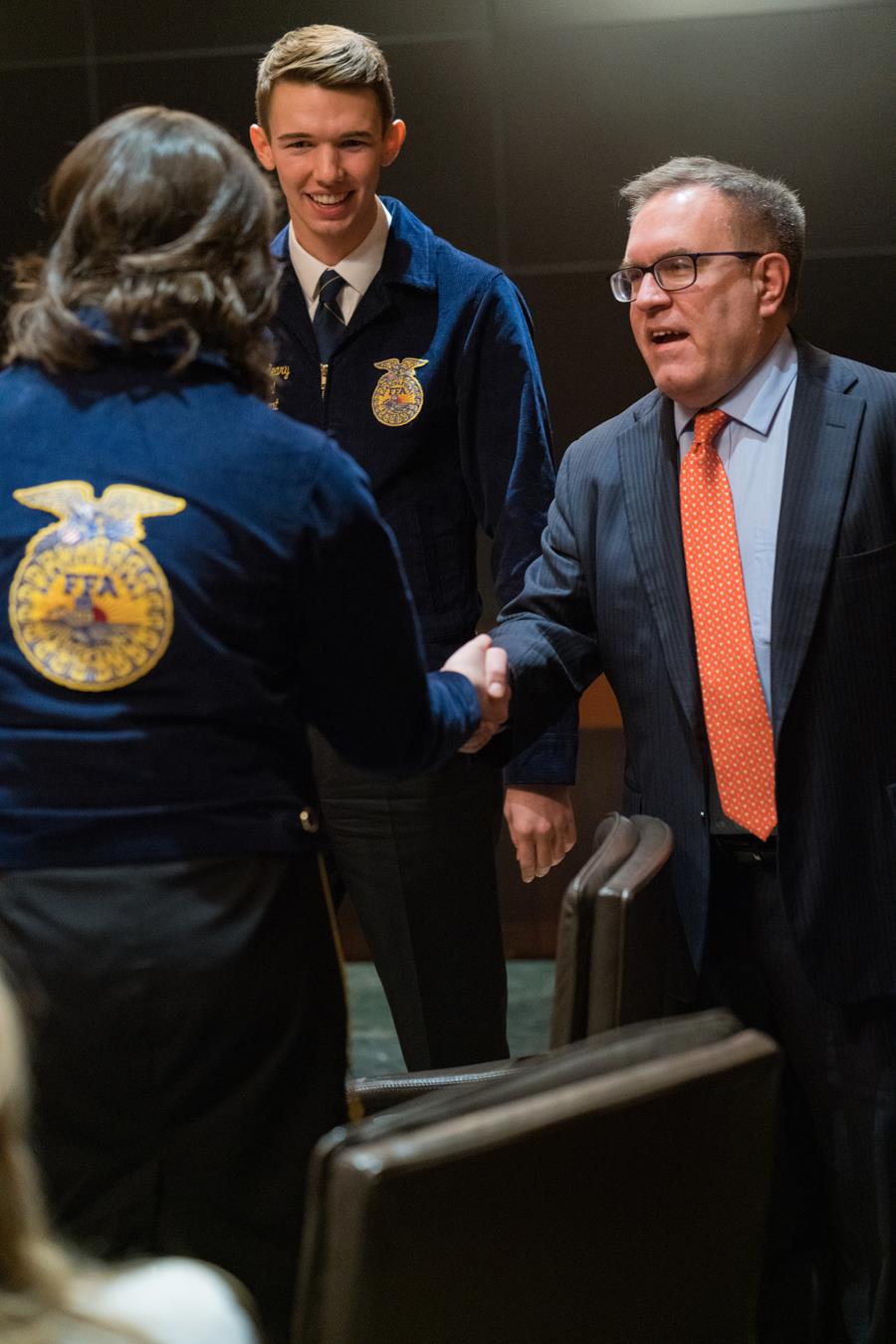
EPA Announces Development of Water Reuse Action Plan
EPA will work across the water sector to lead the development of an integrated
management approach for our Nation's water resources
WASHINGTON (February 27, 2019) — Today, at a summit in San Francisco, the U.S. Environmental Protection Agency (EPA) announced the development of a Water Reuse Action Plan that will leverage the expertise of both industry and government to ensure the effective use of the nation's water resources.
"The Nation's water resources are the lifeblood of our communities, and the federal government has the responsibility to ensure all Americans have access to reliable sources of clean and safe water," said EPA Assistant Administrator for Water David Ross. "There is innovative work happening across the water sector to advance water reuse, and the EPA will provide the leadership needed to bring these ideas together."
EPA is providing leadership by bringing together the experts across the water sector and identifying a path forward that bring more that goes to users while maintaining robust protection of human health and the environment.
Under EPA's leadership, the Water Reuse Action Plan (WRAP) will seek to foster water reuse as a component of integrated water resource management. EPA will facilitate discussions among federal, state, and water sector stakeholders and form new partnerships to not only develop, but ultimately deploy the plan. A draft of the plan is scheduled for release and public review in September at the Annual WateReuse Symposium in San Diego.
EPA's actions are part of a larger effort by the Trump Administration to better coordinate and focus resources and activities on some of the nation's most challenging water resource concerns, including ensuring water availability and mitigating the risks posed by droughts, saltwater intrusion of fresh groundwater, groundwater scarcity, climate change, and several other site-specific stressors.
"DOI is excited about forging this partnership with EPA, so they we can leverage each other's success and move forward on one path," said Department of the Interior Assistant Secretary for Water and Science Tim Petty. "Communities across the country are facing water shortages, and it is the role of the federal government to ensure that all have reliable access to the water needed to protect human health and maintain our robust economy."
EPA has previously supported water reuse efforts, including development of the 2017 Potable Reuse Compendium and Guidelines for Water Reuse, but the Water Reuse Action Plan is the first water reuse initiative of this magnitude that is coordinated across the water sector. Ongoing efforts by other federal agencies, such as the Department of Energy (DOE)-launched Grand Water Security Challenge, and by various non-governmental organizations dedicated to water resources management, will be coordinated and leveraged as part of the overarching strategy to advance water reuse.
For more information, including opportunities to engage with EPA on this effort, visit: www.epa.gov/waterreuse/water-reuse-action-plan.
BACKGROUND
Water reuse – sometimes referred to as water recycling – may be viable for various applications, depending on site-specific conditions. Examples include agriculture and irrigation, potable water supplies, groundwater replenishment, industrial processes, and environmental restoration.
In developing the Water Reuse Action Plan, EPA and its partners will evaluate these and other opportunities for reuse to identify the opportunities and challenges in the following areas:
- Technological improvements, including development, piloting, validation, and data considerations;
- Regulatory/policy analysis at all levels of government, including public health considerations and addressing barriers to progress;
- Financial initiatives, including expansion and clarity in available funding mechanisms;
- Performance requirements, including efforts to ensure the quality of reused water is "fit" or appropriate for the intended purpose;
- Access to water use and availability data, including the encouragement of watershed-based information sharing; and
- Outreach opportunities, including efforts to ensure public understanding of reused water as part of integrated water management.
US EPA, Office of Public Engagement, 1200 Pennsylvania Avenue NW, Washington, DC 20460 United States






